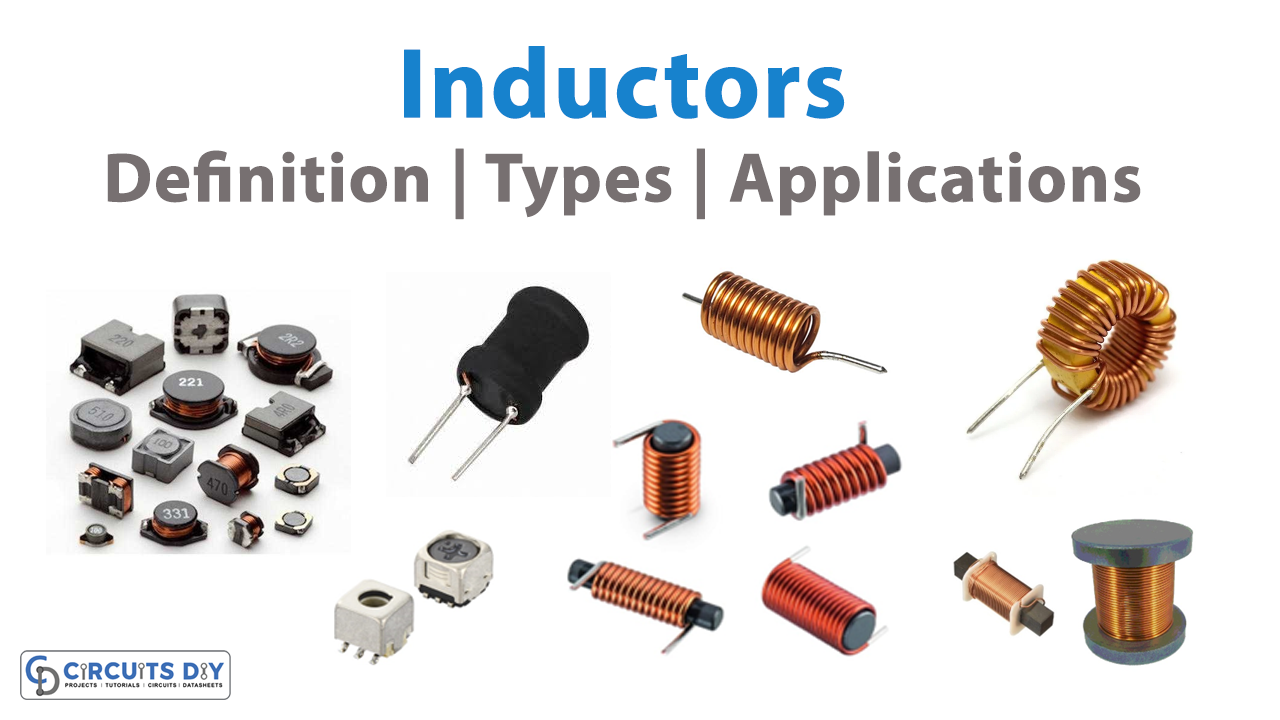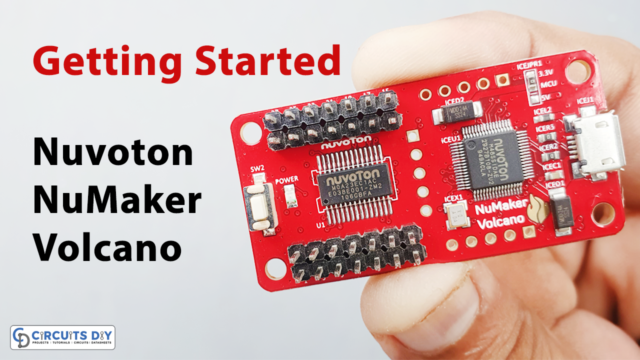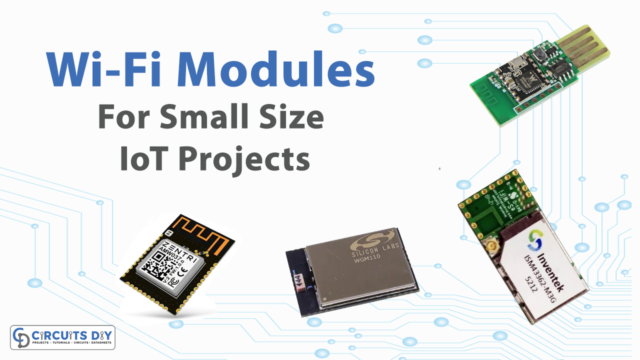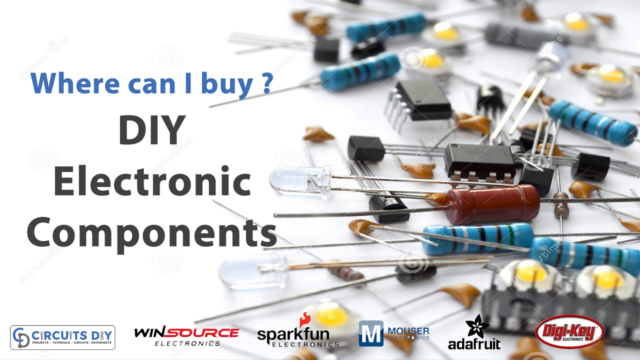Overview
Inductors are fundamental electronic components that play a crucial role in a wide range of electrical and electronic circuits. They are essential for manipulating and controlling electrical signals, making them indispensable in various applications across industries. In this article, we will delve into the world of inductors, exploring what they are, their types, and their diverse applications.
Understanding Inductors
An inductor is a two-terminal electrical component that primarily consists of a coil of wire. They are also known as chokes or coils, Inductors are passive electronic components designed to store and manipulate electrical energy in the form of magnetic fields. They are constructed using coils of wire wound around a core, typically made of materials like iron, ferrite, or air. When current flows through an inductor, it generates a magnetic field around the coil, which induces a voltage and opposes any changes in current, according to Faraday’s law of electromagnetic induction.
The key properties of an inductor include its inductance (measured in henrys, denoted as H) and its ability to resist changes in current flow. The inductance of an inductor depends on factors such as the number of turns in the coil, the coil’s dimensions, and the core material.

Types of Inductors
Inductors come in various shapes and sizes, each designed for specific applications. Here are some common types of inductors:
1. Air-Core Inductors:
Air-core inductors have a coil of wire wound around a non-magnetic core, such as air or plastic. They are widely used in high-frequency applications due to their low core losses. Air-core inductors are often found in radio frequency (RF) circuits and inductor-based filters.

2. Ferrite-Core Inductors:
Ferrite-core inductors have a coil wound around a magnetic core made of ferrite material. Ferrite cores enhance inductance and are commonly used in transformers and inductors for power supply circuits. They are known for their high magnetic permeability, which allows for effective energy storage.

3. Iron-Core Inductors:
Iron-core inductors, as the name suggests, use an iron core within the coil. They are known for their high inductance values and are often used in power transformers and inductors for low-frequency applications. Iron-core inductors are highly efficient in storing magnetic energy.

4. Toroidal Inductors:
Toroidal inductors have a coil wound around a doughnut-shaped core, usually made of iron powder or ferrite material. They offer excellent magnetic coupling and low electromagnetic interference (EMI), making them suitable for various applications, including audio equipment and power supplies.

5. Variable Inductors:
Variable inductors, also known as tuning inductors or adjustable inductors, allow the user to change their inductance value by physically adjusting the coil. These are commonly used in tuning circuits in radios and other devices where tuning is required.

6. Coupled Inductors:
Coupled inductors consist of two or more inductors wound together on a shared magnetic core. They are used for applications requiring mutual inductance, such as in transformers and various signal-processing circuits.

Applications of Inductors
Inductors find applications in a wide range of electronic and electrical systems. Some of the key applications include:
1. Filters:
Inductors are used in conjunction with capacitors to create filters that selectively pass or block certain frequencies. These filters are used in audio equipment, communication systems, and power supplies to remove unwanted noise or interference.
2. Transformers:
Transformers, which consist of two or more coupled inductors, are essential for voltage conversion and isolation in power distribution systems. They are a fundamental component of power grids and electronic devices.
3. Inductive Loads:
Inductive loads, such as motors and solenoids, rely on inductors to control and regulate current flow. They are commonly found in appliances, automotive systems, and industrial machinery.
4. Energy Storage:
Inductors play a role in energy storage systems, particularly inductors used in conjunction with capacitors to create energy storage devices called inductor-capacitor (LC) circuits.
5. Signal Processing:
Inductors are used in various signal-processing applications, including oscillators, amplifiers, and signal-conditioning circuits.
6. Wireless Communication:
Inductors are integral to the design of antennas and RF circuits in wireless communication devices such as smartphones and Wi-Fi routers.
In conclusion, inductors are indispensable components in modern electronics and electrical engineering. Their ability to store and control electrical energy in the form of magnetic fields makes them essential for a wide range of applications. Whether in power supplies, communication systems, or signal processing circuits, inductors continue to be a cornerstone of technological advancements. Understanding the different types of inductors and their applications is crucial for engineers and enthusiasts alike, as it enables the efficient design and utilization of electronic systems.













